Solar energy is a clean and sustainable energy source obtained from sunlight. Rays from the sun are converted into electrical energy through photovoltaic panels, making it usable for both residential and industrial needs. Standing out for reducing dependence on fossil fuels, not harming the environment, and preventing the depletion of natural resources, solar energy is at the heart of the modern energy transition.
Today’s growing energy demand must be met without harming nature. Solar energy systems step in at this point to offer low-cost and long-lasting solutions. Although installation costs may seem high at first, they provide significant advantages over time by lowering electricity bills and keeping maintenance costs to a minimum. For this reason, they are increasingly preferred by both individual users and businesses.
Solar energy is not only an economic but also an ecological solution. By reducing carbon emissions, it lessens the effects of global warming and plays an effective role in combating climate change. This technology, which can be tailored to different needs—from rooftop systems to large-scale ground installations—is rapidly advancing to become one of the cornerstones of the future energy infrastructure.
How Does Solar Energy Work?
Solar energy systems are based on technologies that generate electricity directly from sunlight. At the core of these systems are photovoltaic (PV) panels. Sunlight that falls on the panels is converted into electric current thanks to semiconductor materials. The direct current (DC) produced is converted into alternating current (AC) via inverters and becomes the energy used in homes or businesses. The entire process operates quietly, is eco-friendly, and completely renewable.
The operating steps of solar energy systems are as follows:
- Sunlight reaches the panels.
- The panels convert the light into electric current.
- The inverter converts this current into usable energy.
- The energy can be used directly or stored in batteries.
- Excess energy can be fed back into the grid (net metering system).
Electricity production may vary depending on the capacity of the installed system. While large ground-mounted installations can provide higher output than rooftop systems, even small urban systems can cover a large portion of daily energy needs. Throughout this entire process, solar energy systems operate in a natural cycle without the need for human intervention and have solidified their place among the sustainable energy solutions of the future.
What Are the Advantages of Solar Energy?
The most striking aspect of solar energy is that it offers an eco-friendly and long-term economical solution by being derived directly from sunlight. Compared to traditional energy sources, these systems have much lower carbon emissions, minimize environmental impacts, and provide energy independence. Once installed, a solar panel system continues to generate energy for decades with low maintenance needs, delivering significant cost savings over time.
The standout advantages of solar energy are:
- It is a renewable and inexhaustible energy source
- Significantly reduces electricity bills
- Protects the environment by reducing the carbon footprint
- Operates silently and does not create noise pollution
- Requires very little maintenance after installation
- Eligible for government incentives and tax benefits
- Off-grid systems can be established
These advantages are the main factors steering both individuals and businesses toward solar energy. Although the investment cost may seem high at first, the system pays for itself within a few years and then becomes an almost free energy source. Moreover, because energy production takes place directly on your roof or property, control remains in your hands. This lays the foundation for a sustainable and secure energy future.
What Are the Types of Solar Panels?
Solar panel technologies have diversified according to users’ needs and budgets. Different types of solar panels have been developed considering factors such as efficiency, durability, and cost. Which panel is preferred may vary depending on the geographical location where the system will be installed, the intended use, and the budget. Each panel type has its own advantages and limitations.
The most commonly used types of solar panels are:
- Monocrystalline panels: Offer high efficiency, are long-lasting, and deliver effective results in tight spaces.
- Polycrystalline panels: A more economical solution, with slightly lower efficiency than monocrystalline.
- Thin-film panels: With their flexible structure, they can be applied to different surfaces, are lightweight, and may be more aesthetically pleasing.
- PERC panels: Increase energy production by capturing more light thanks to an enhanced cell structure.
- Bifacial panels: Provide dual-sided production by receiving light from both the front and rear surfaces.
Each panel type is designed to meet different needs. For example, if space on your roof is limited, monocrystalline panels offer an advantage with their high efficiency. However, if a larger area will be installed and the budget is tight, polycrystalline panels may be more suitable. The climatic conditions of the region where the system will be installed, the duration of sunshine, and the orientation of the panel are also important factors to consider when making the right choice.
How Much Electricity Can Be Produced from Solar Energy?
The amount of electricity produced with solar energy varies depending on the installed system’s capacity, panel type, geographical location, and annual sunshine duration. Under ideal conditions, an average solar panel can produce approximately 150 to 200 watts of electricity per square meter per hour. This value yields highly efficient results especially in countries like Türkiye, where the annual sunshine duration is high. For example, a 5 kW system can provide approximately 7,000 to 8,000 kWh of electricity annually under average conditions.
In residential systems, installations ranging from 4 to 6 kW are sufficient to cover a large portion of daily electricity consumption. A system installed on a building with a large roof area meets electricity needs during daylight hours and can transfer excess energy to the grid. In industrial-scale installations, production capacity increases exponentially with megawatt-level systems, providing substantial energy savings.
Among the factors that affect production amount are the panel’s tilt toward the sun, shading conditions, the panel’s temperature performance, and inverter efficiency. Additionally, while production is higher in the summer months, it may decrease in the winter. However, a system installed with proper planning and engineering delivers stable performance throughout the year. Thus, solar energy can be applied at different scales—from individual users to large facilities—reducing costs while also supporting environmental sustainability.
How to Install a Solar Energy System for a Home?
Installing a solar energy system for a home is achieved by carefully planning a few key steps. First, the home’s daily electricity consumption is calculated and a system with the capacity to meet this need is designed. Then, the roof’s tilt, orientation, and shading are analyzed to plan an appropriate panel layout. At this point, high efficiency is targeted through accurate engineering calculations. The installation process also involves obtaining certain permits within the framework of the unlicensed generation regulation.
Installation steps for a residential solar energy system:
- Analyzing electricity consumption
- Identifying a suitable area for panel installation
- Selecting panels and an inverter with appropriate power
- Conducting site survey and engineering calculations
- Obtaining the necessary permits for installation
- Mounting the panels and the inverter
- Connecting to the grid and performing testing
Once the installation is complete, the system meets the home’s electricity needs during daytime hours using energy captured from the sun. Excess energy is transferred to the grid and measured with a bi-directional meter. In this way, you contribute to nature and experience a significant reduction in electricity bills in the long term. When quality equipment and proper installation are chosen, residential solar systems can continue to operate efficiently for up to 25 years.


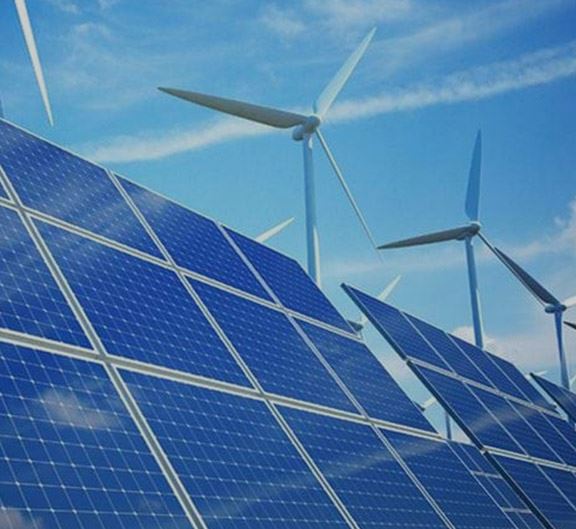
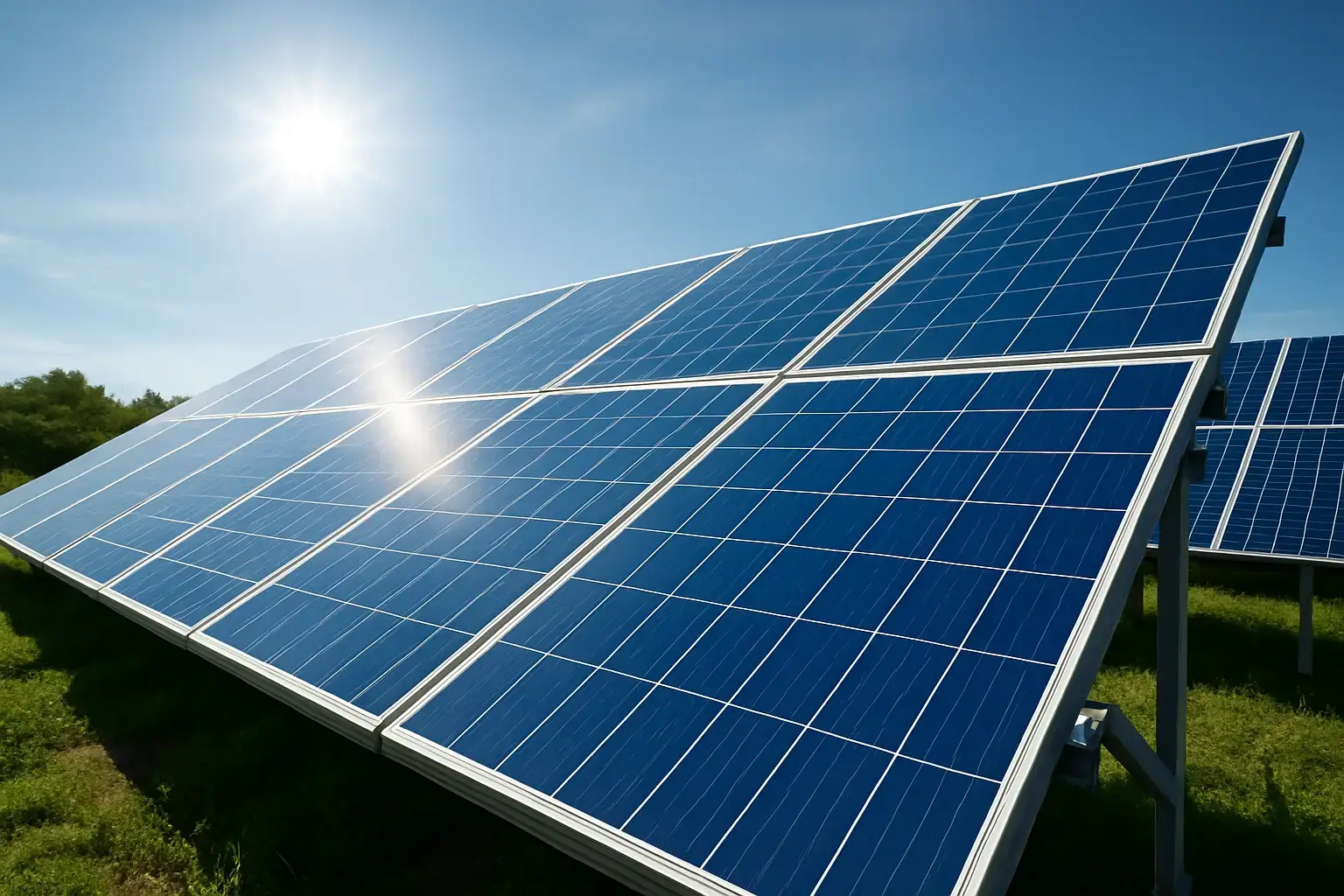
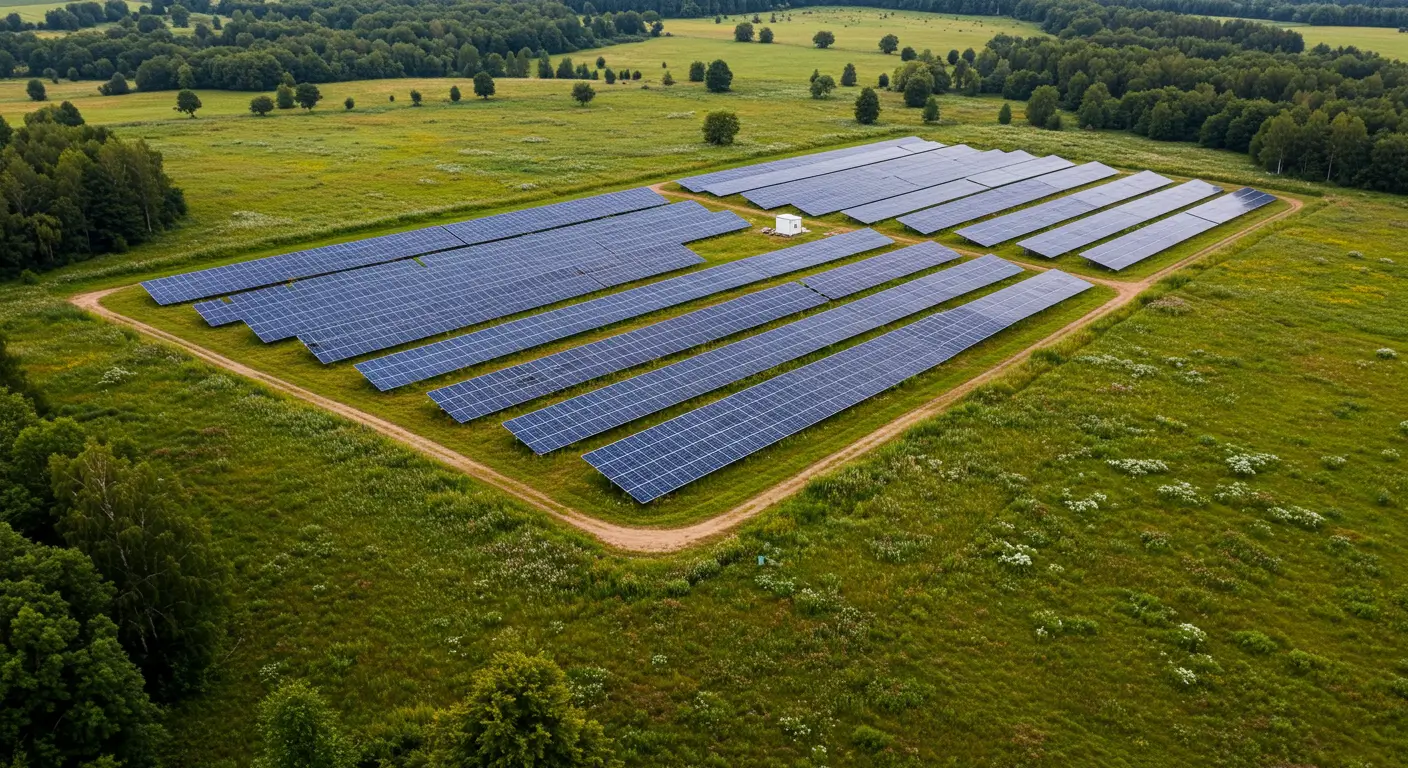
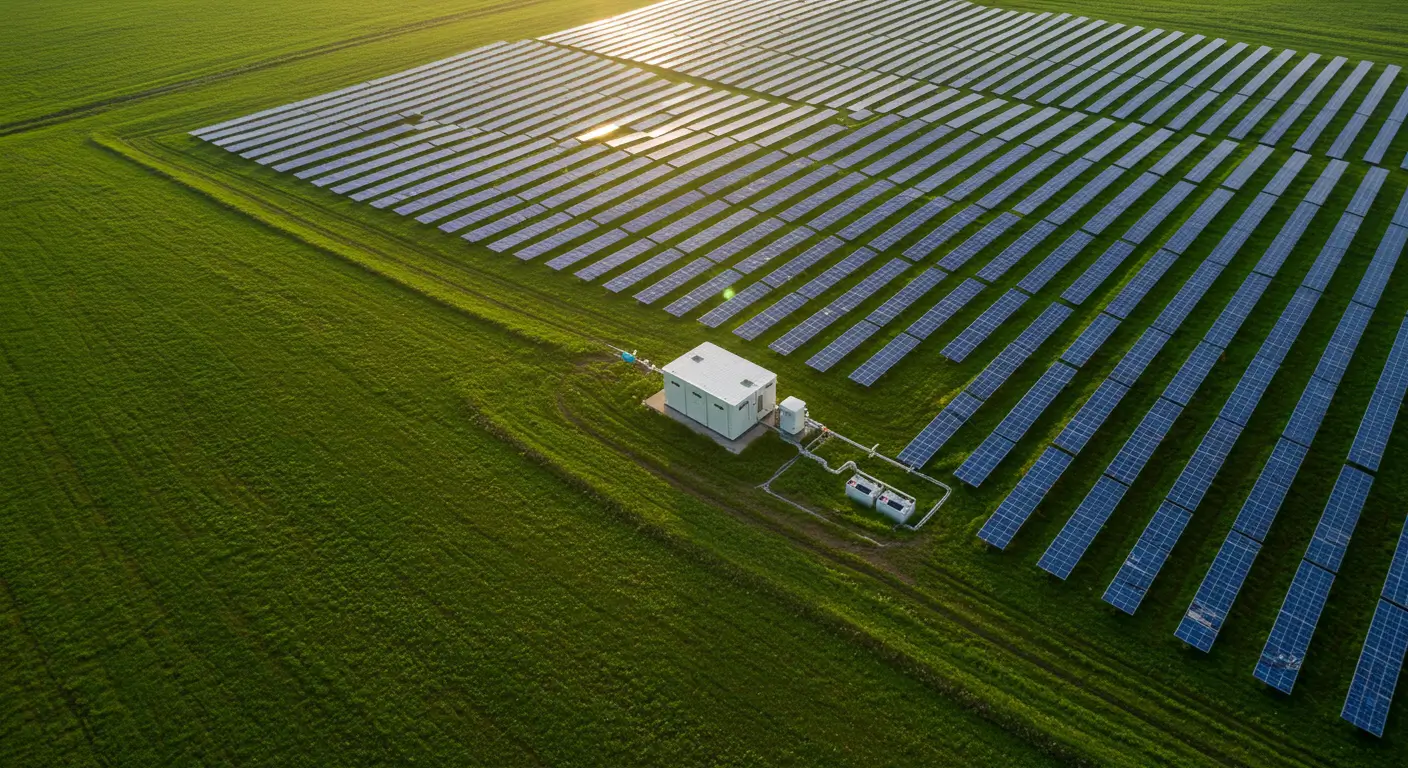
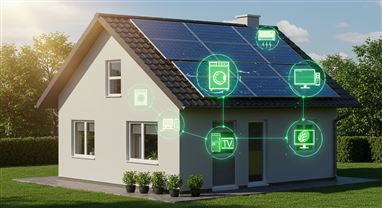
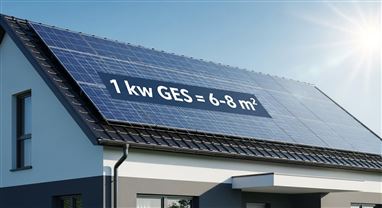
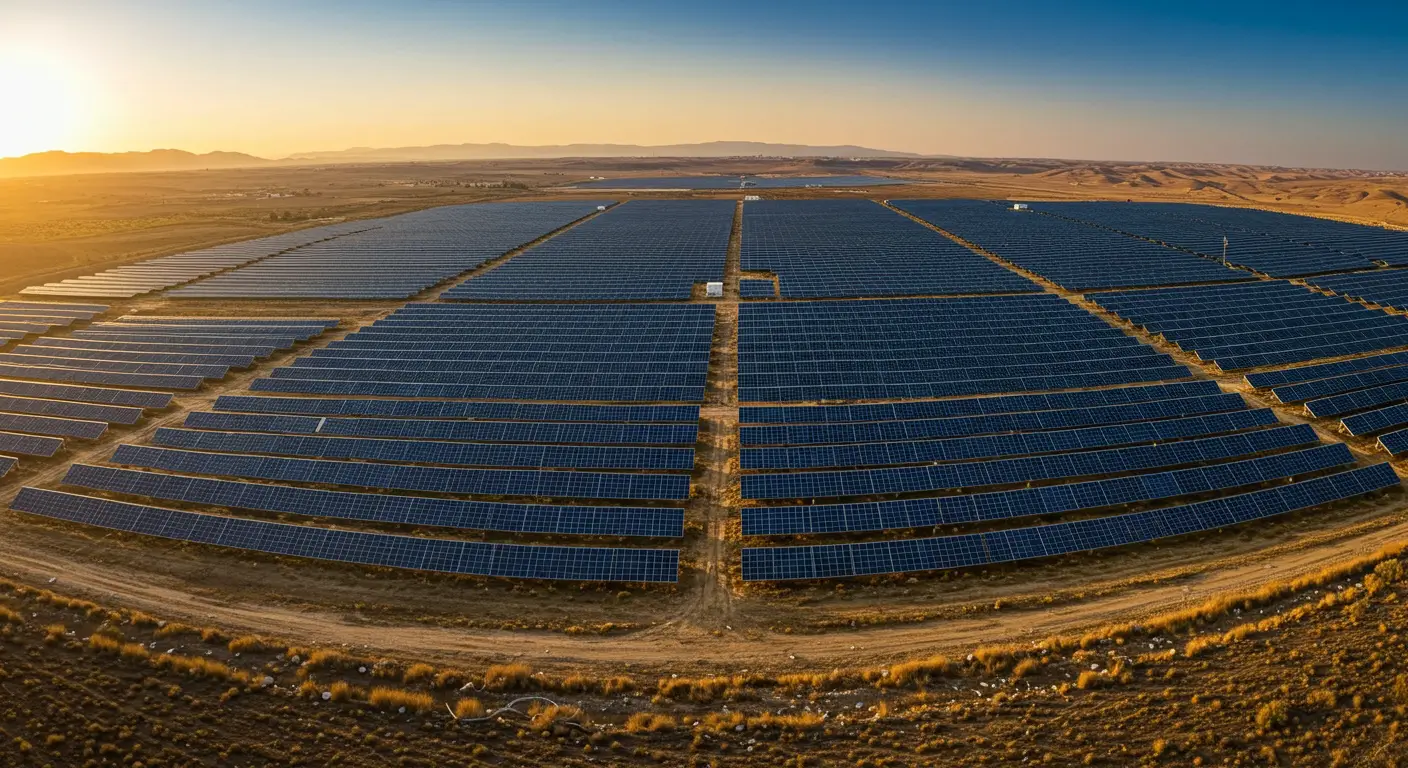
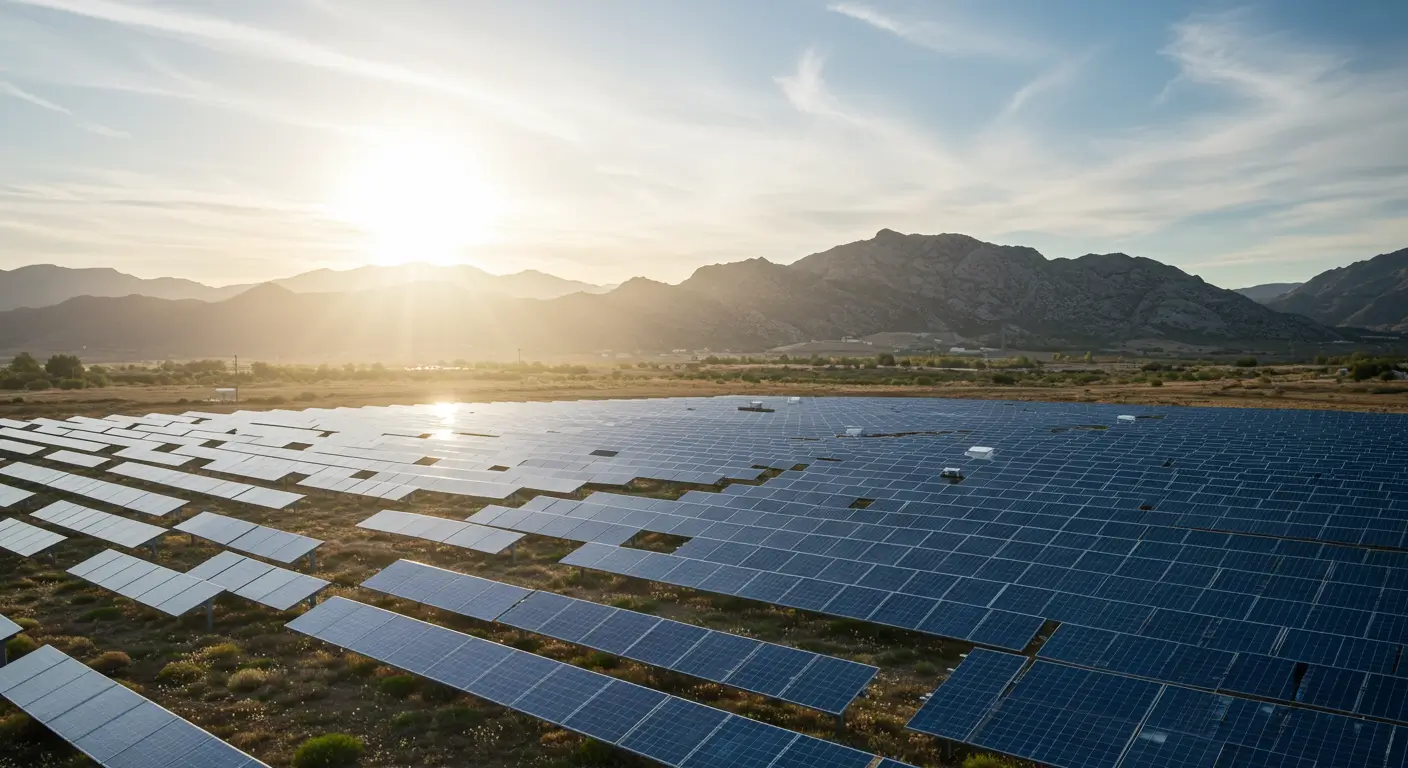
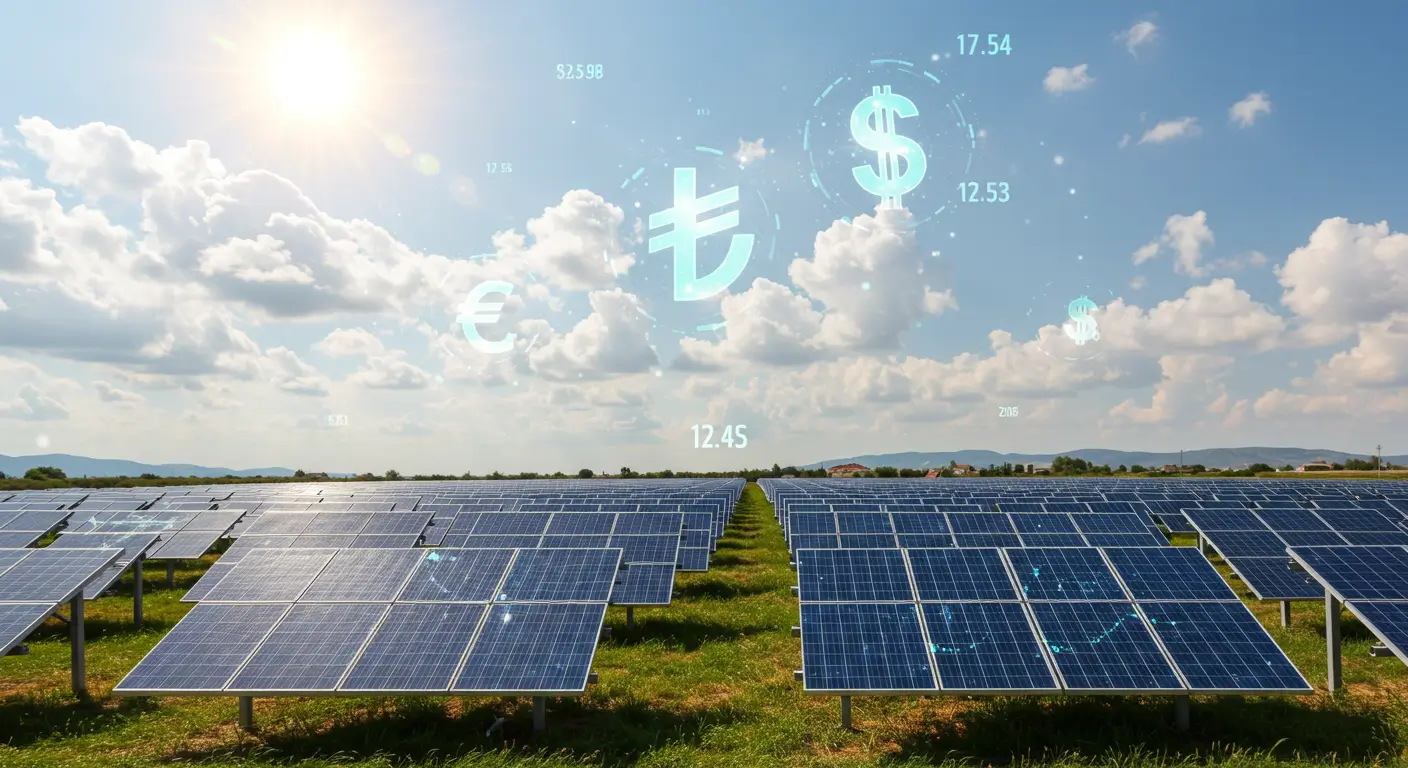
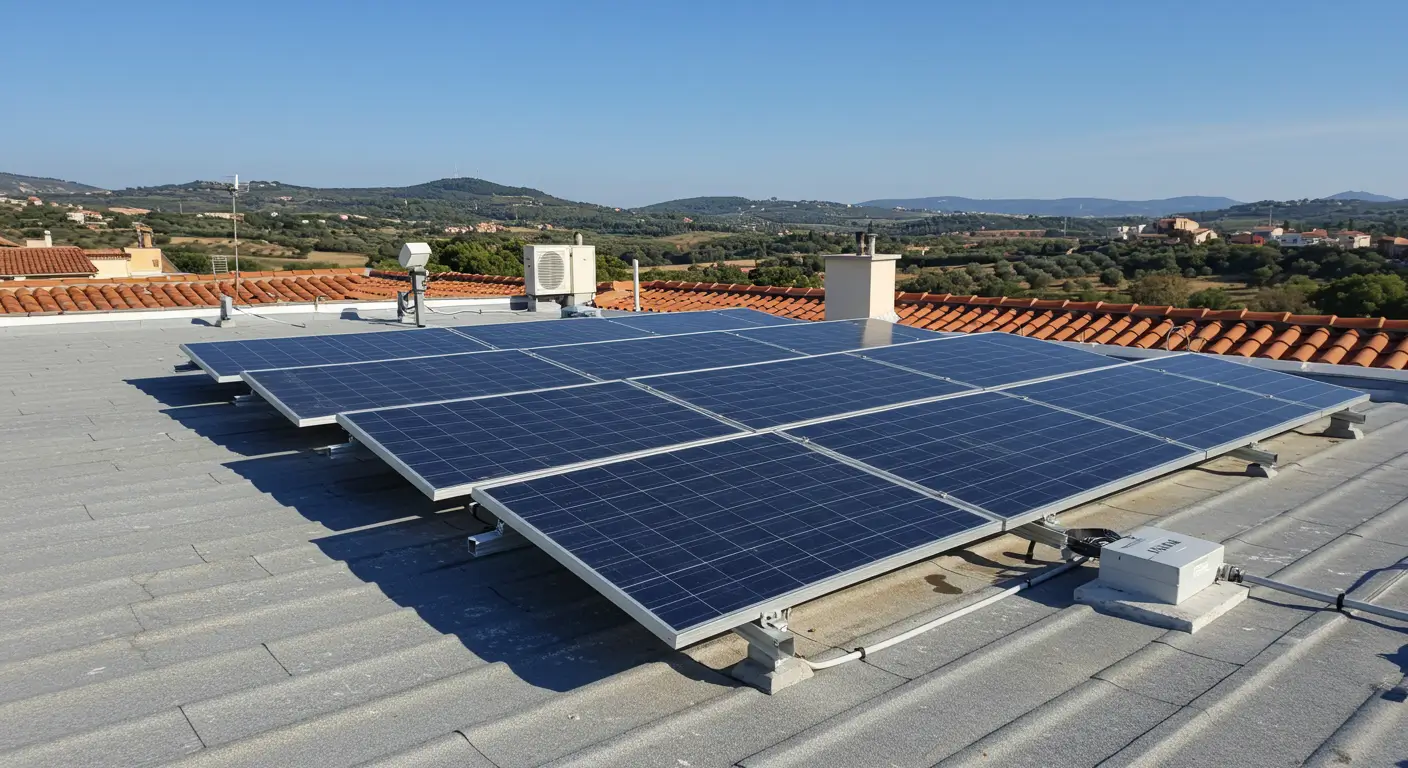
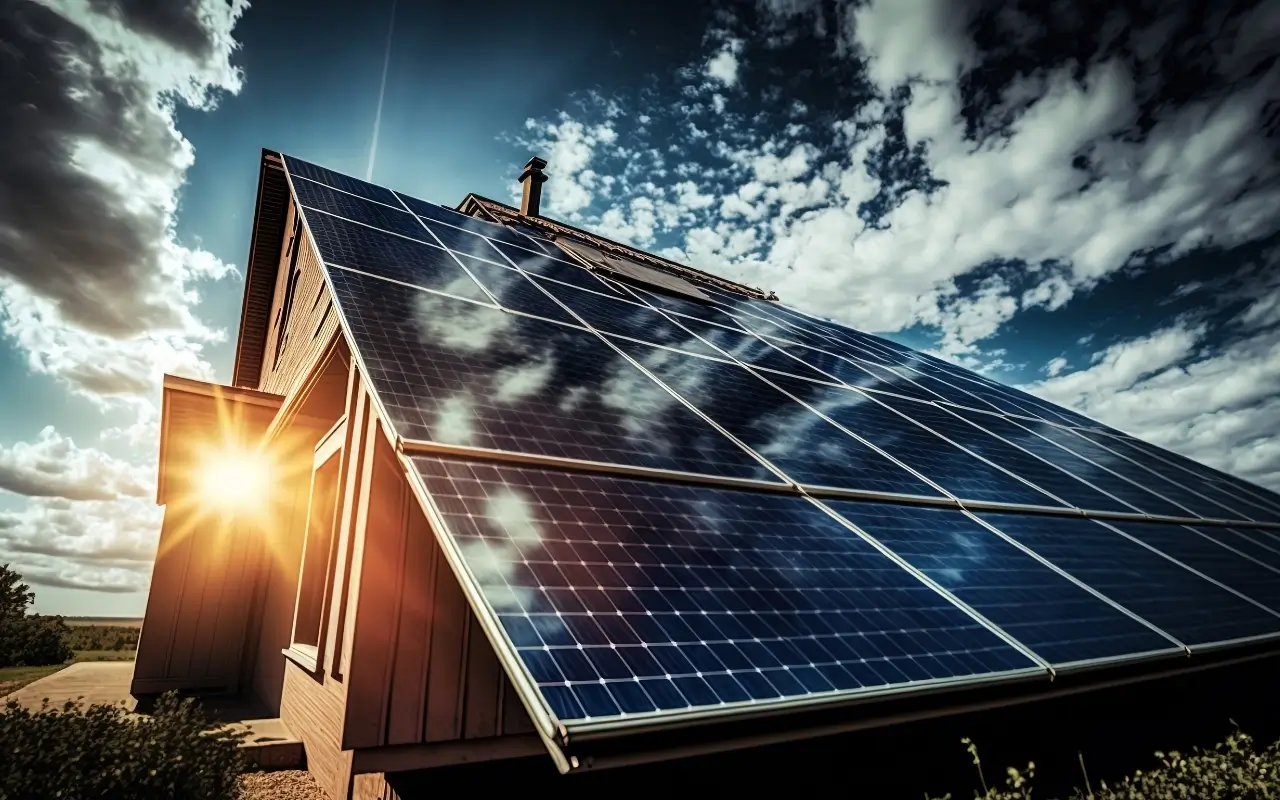
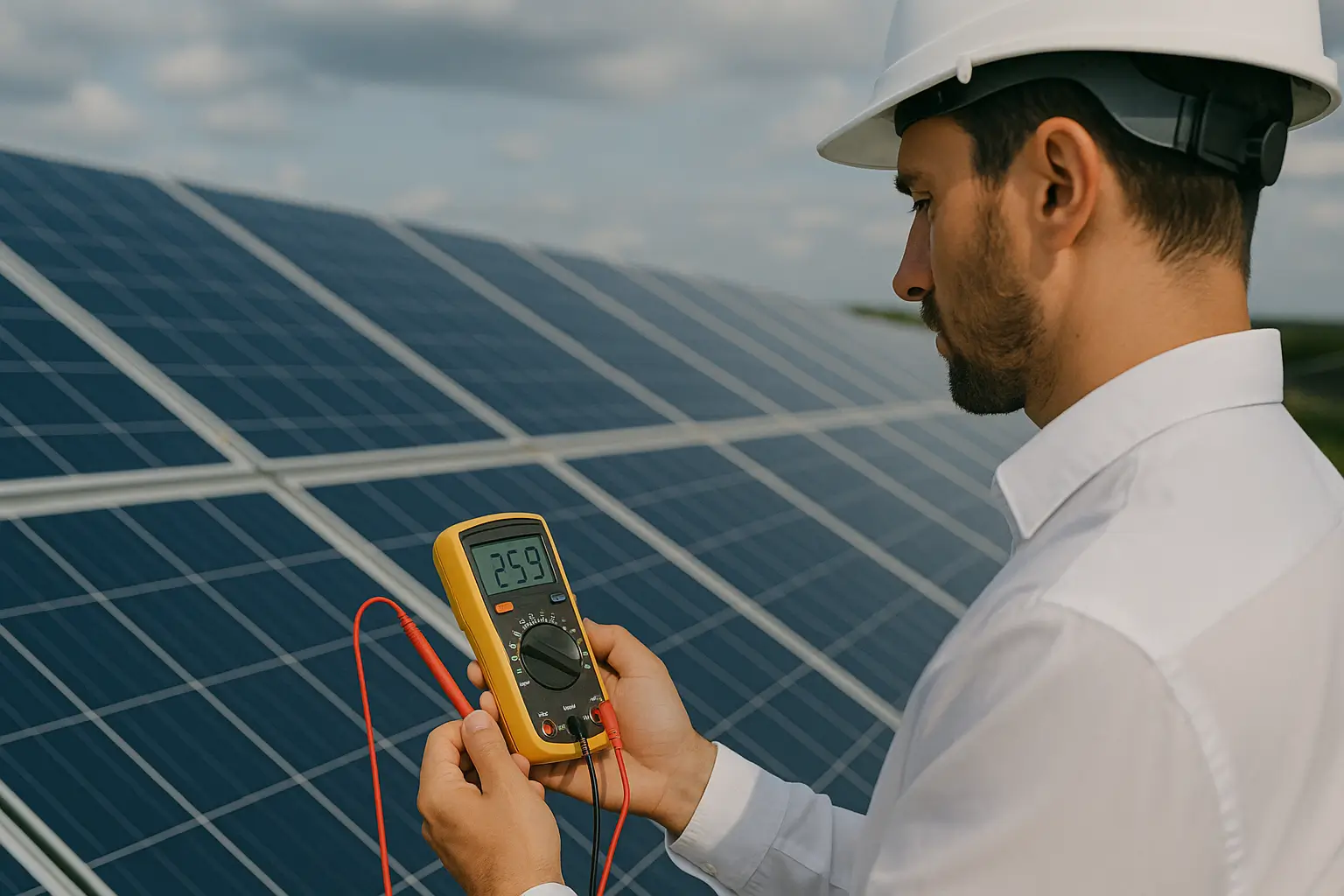
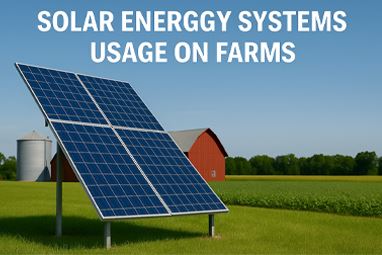
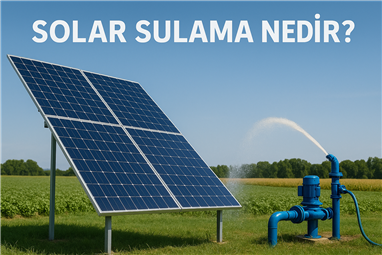
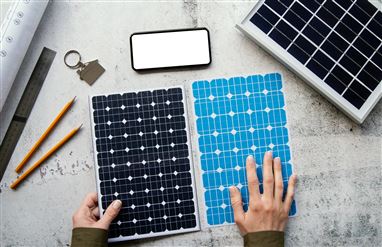


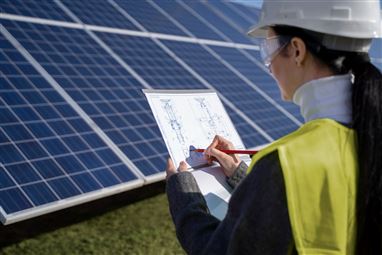

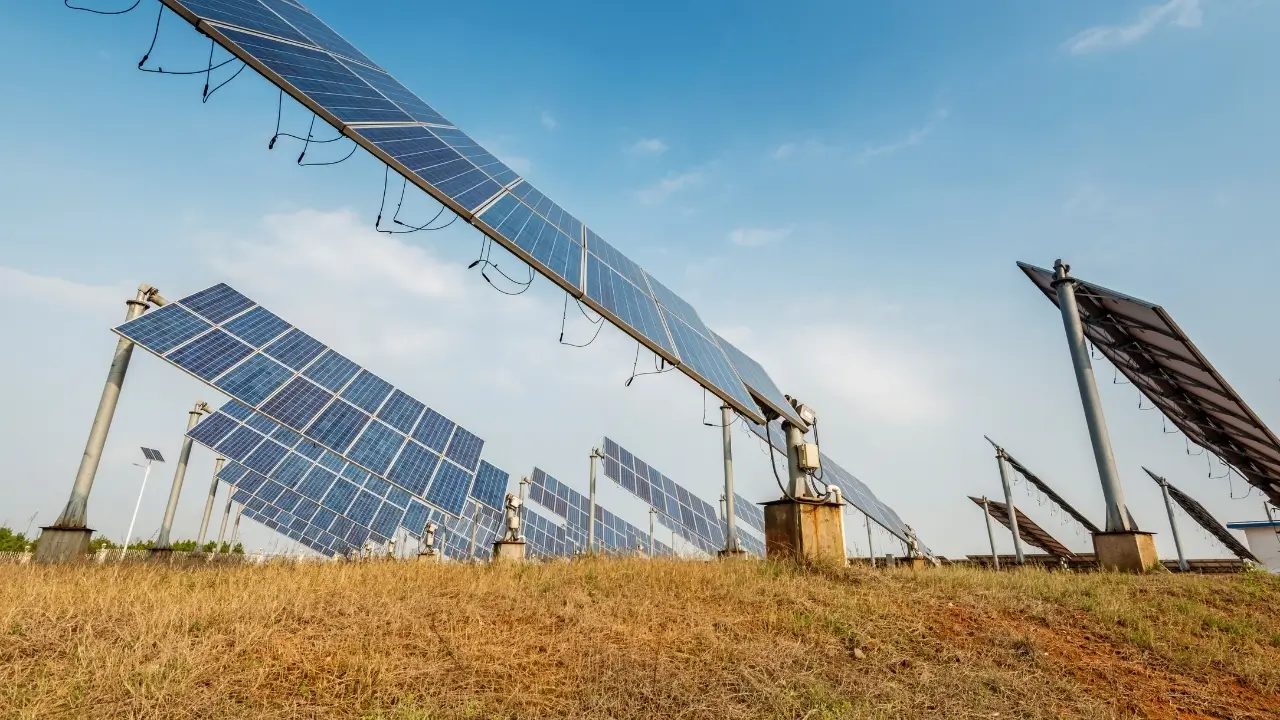


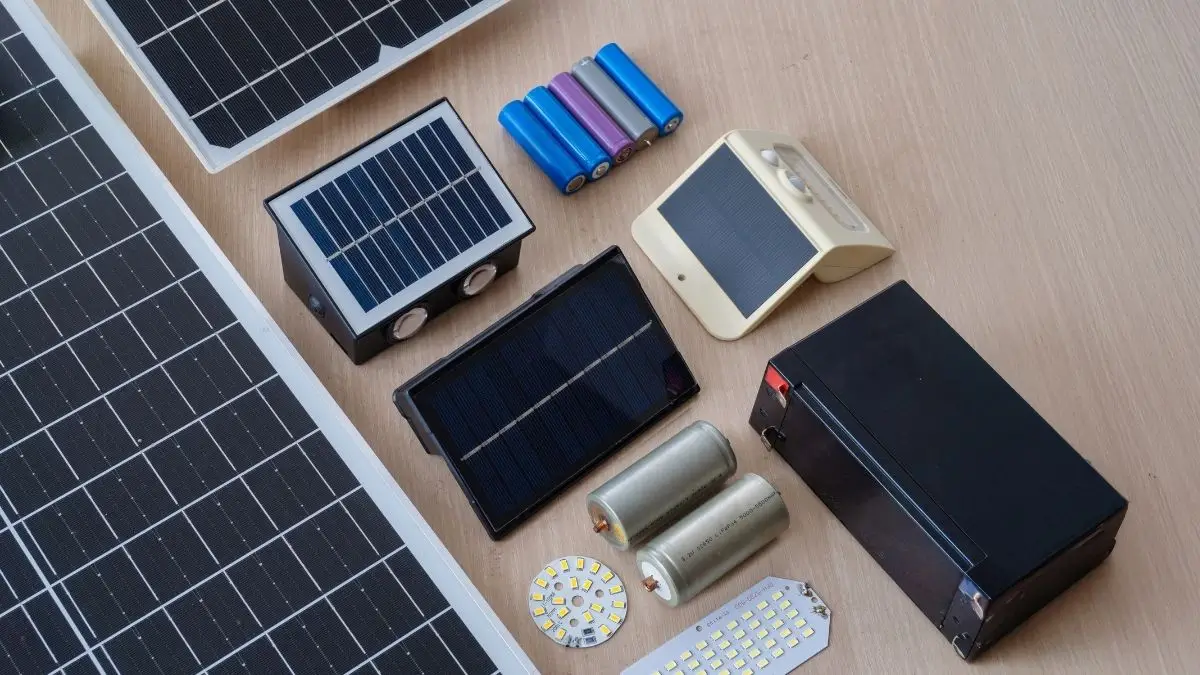
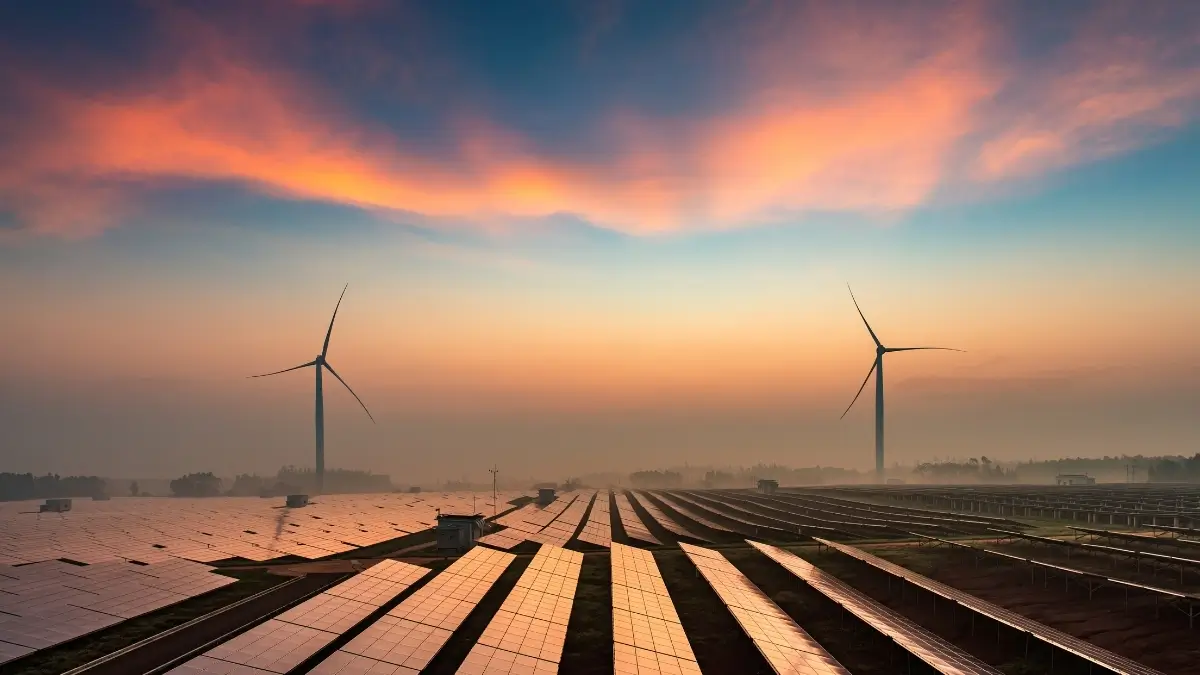
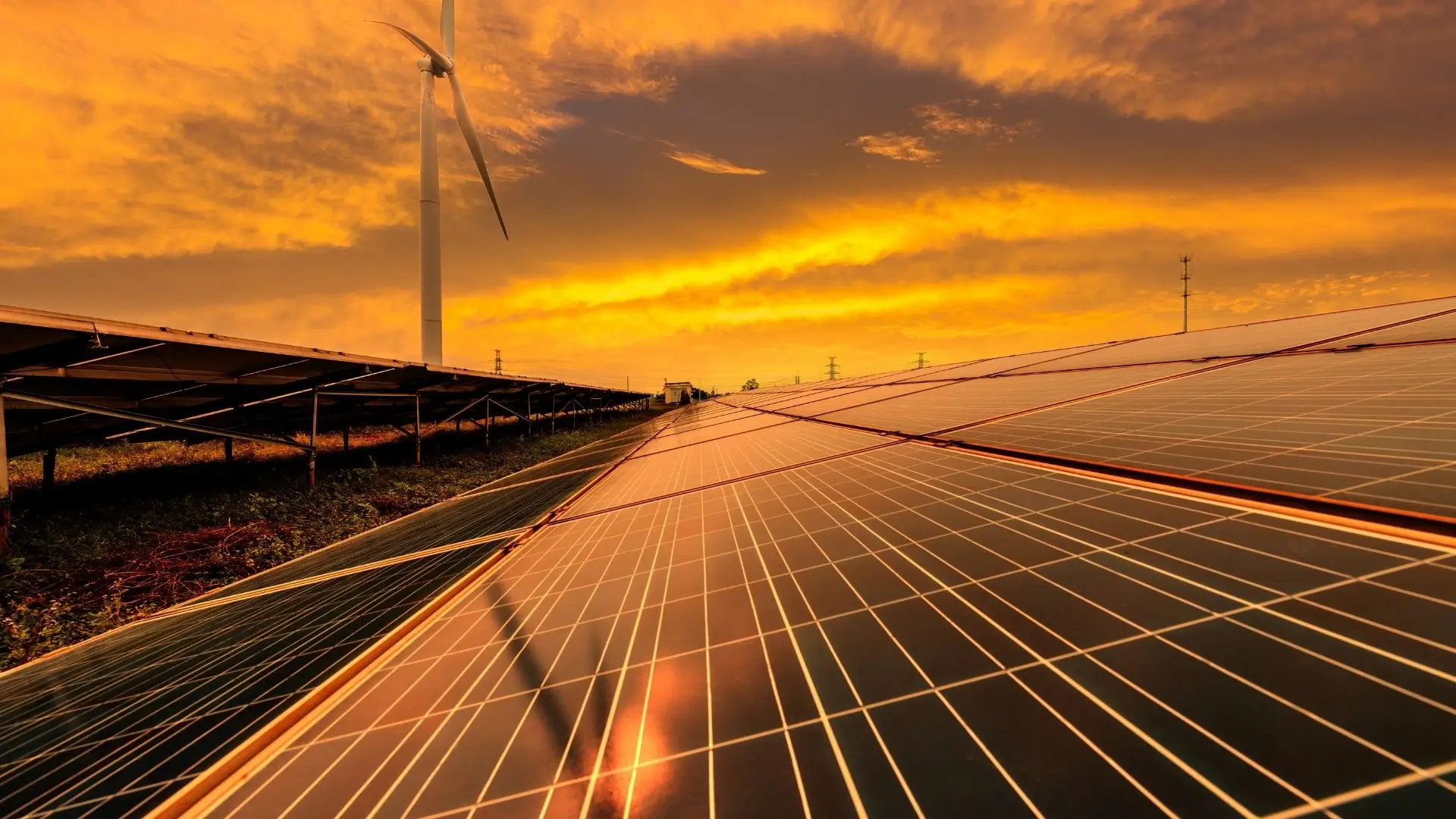
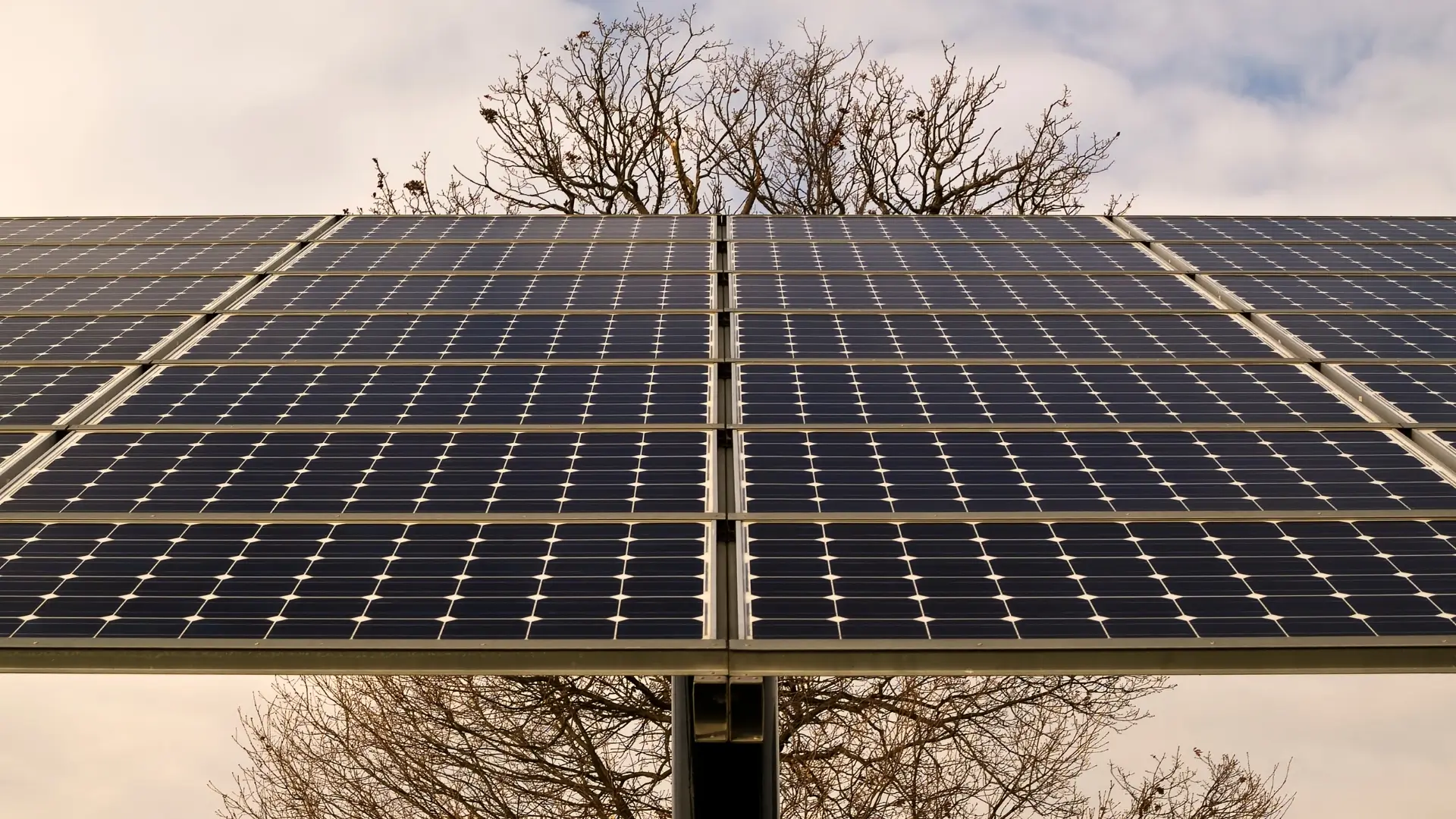
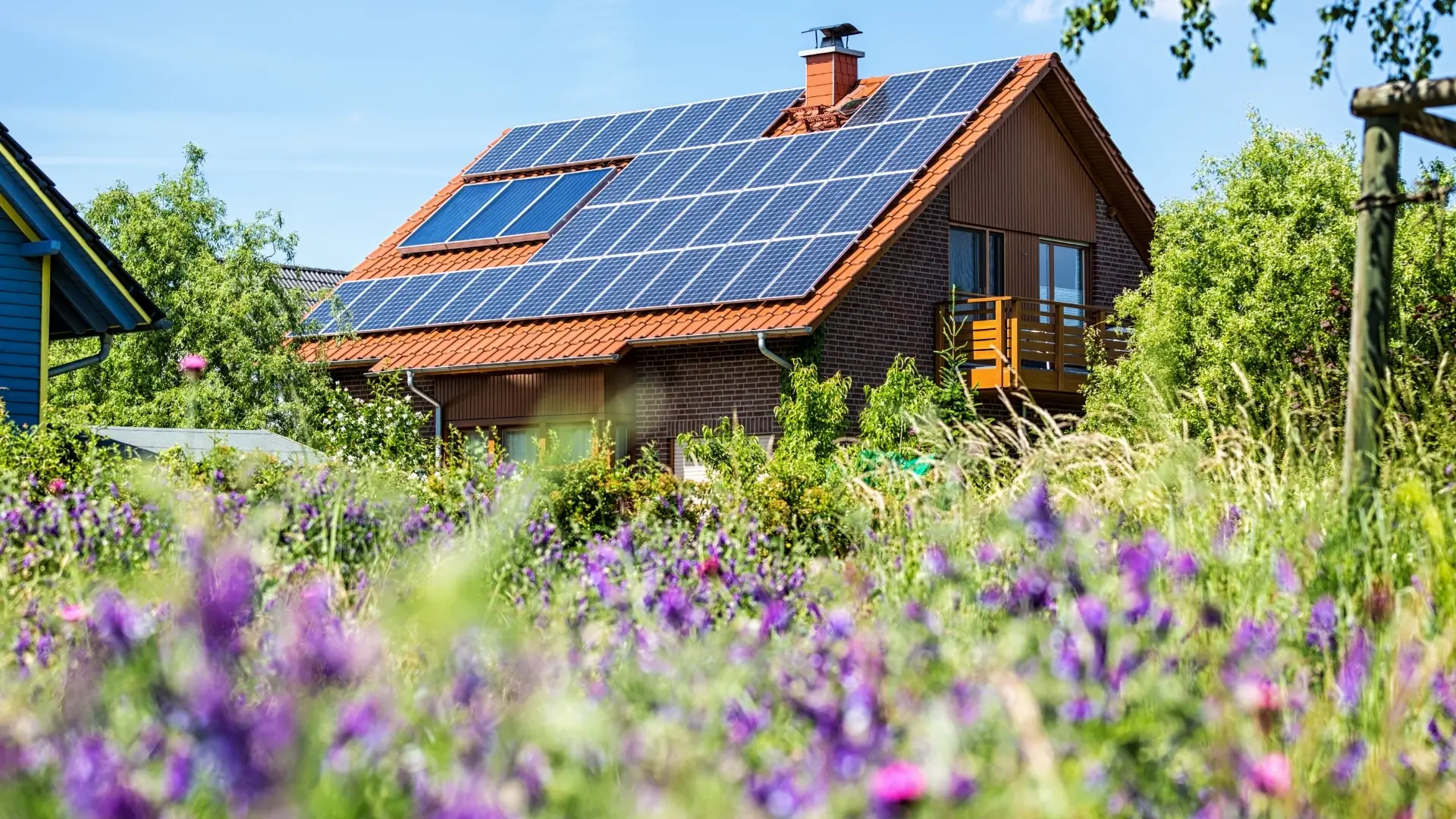
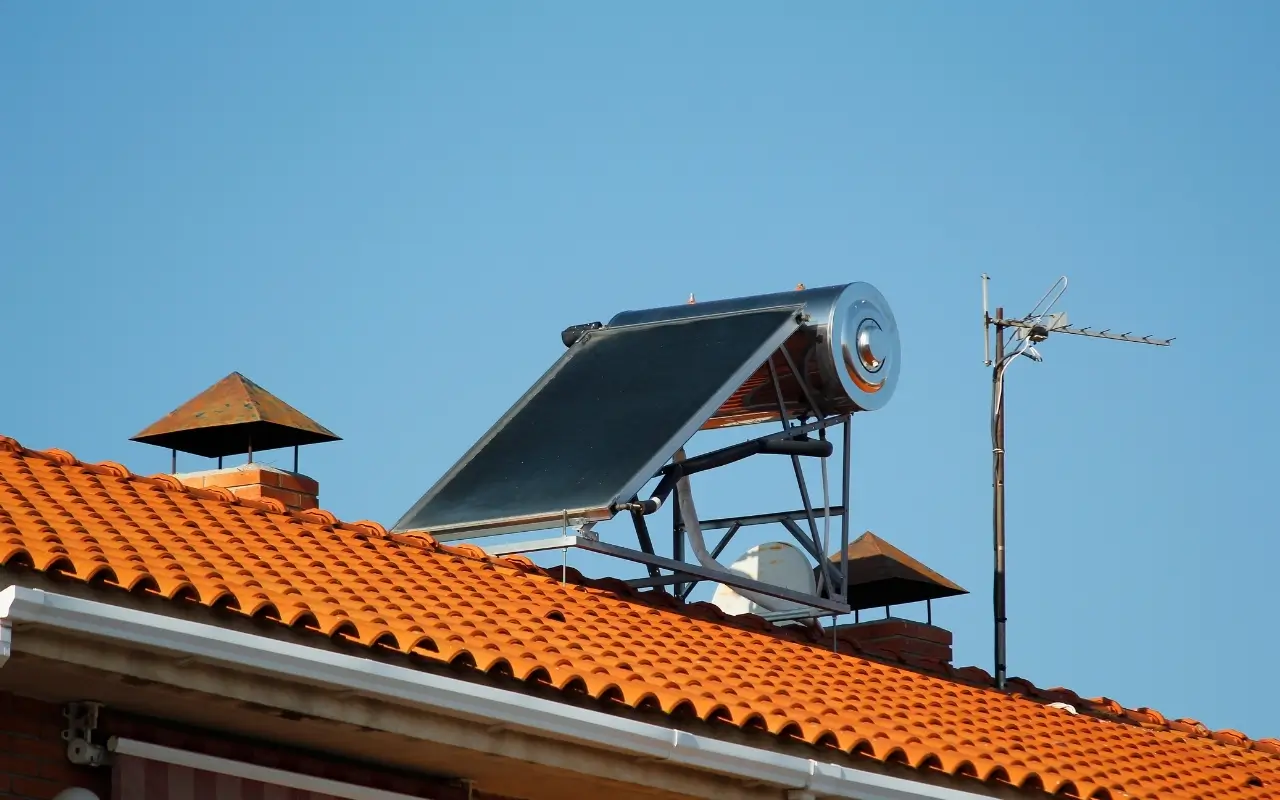
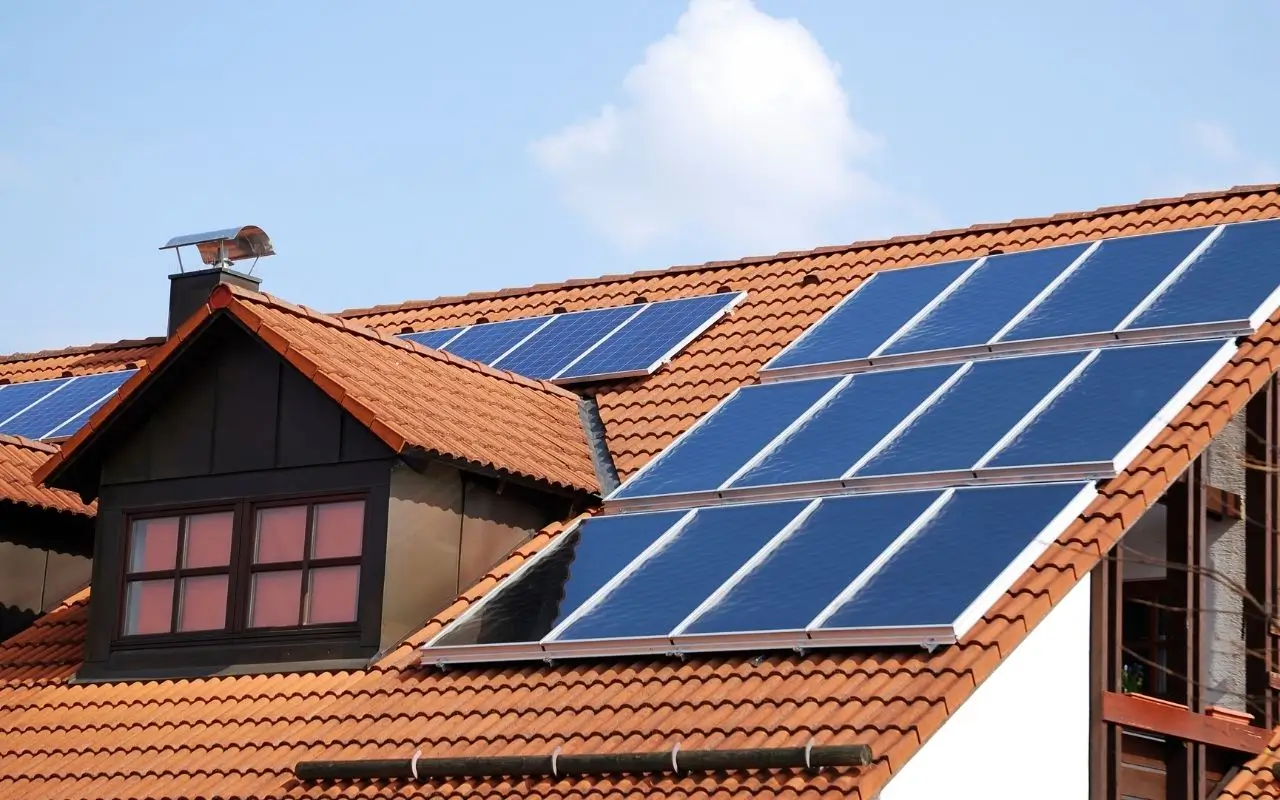
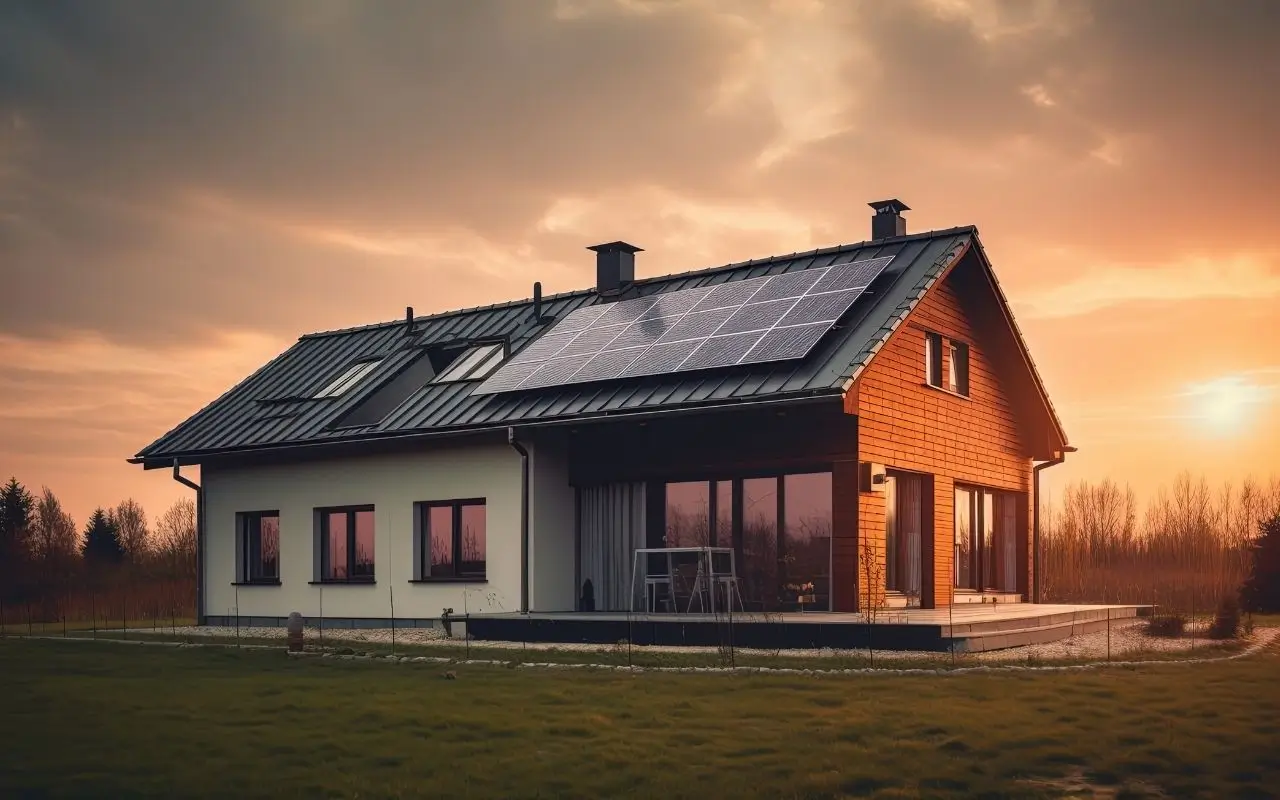
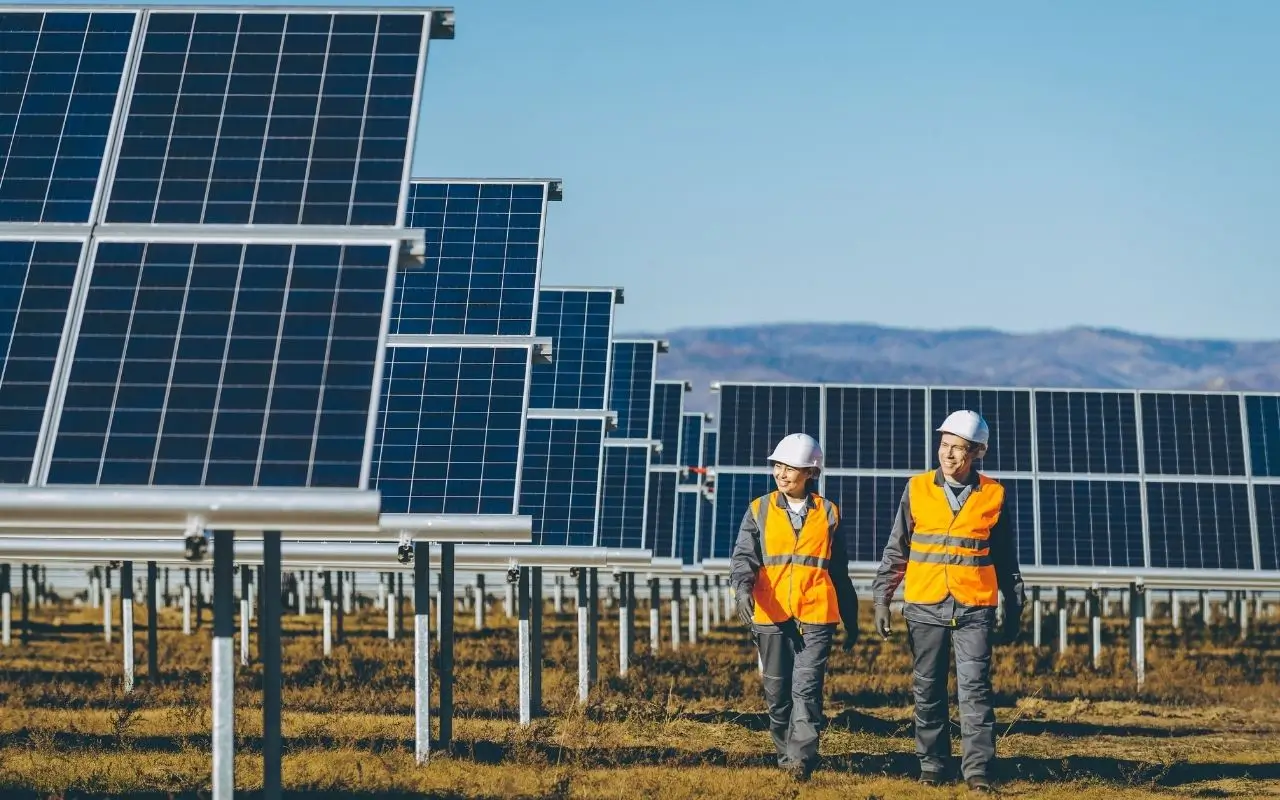
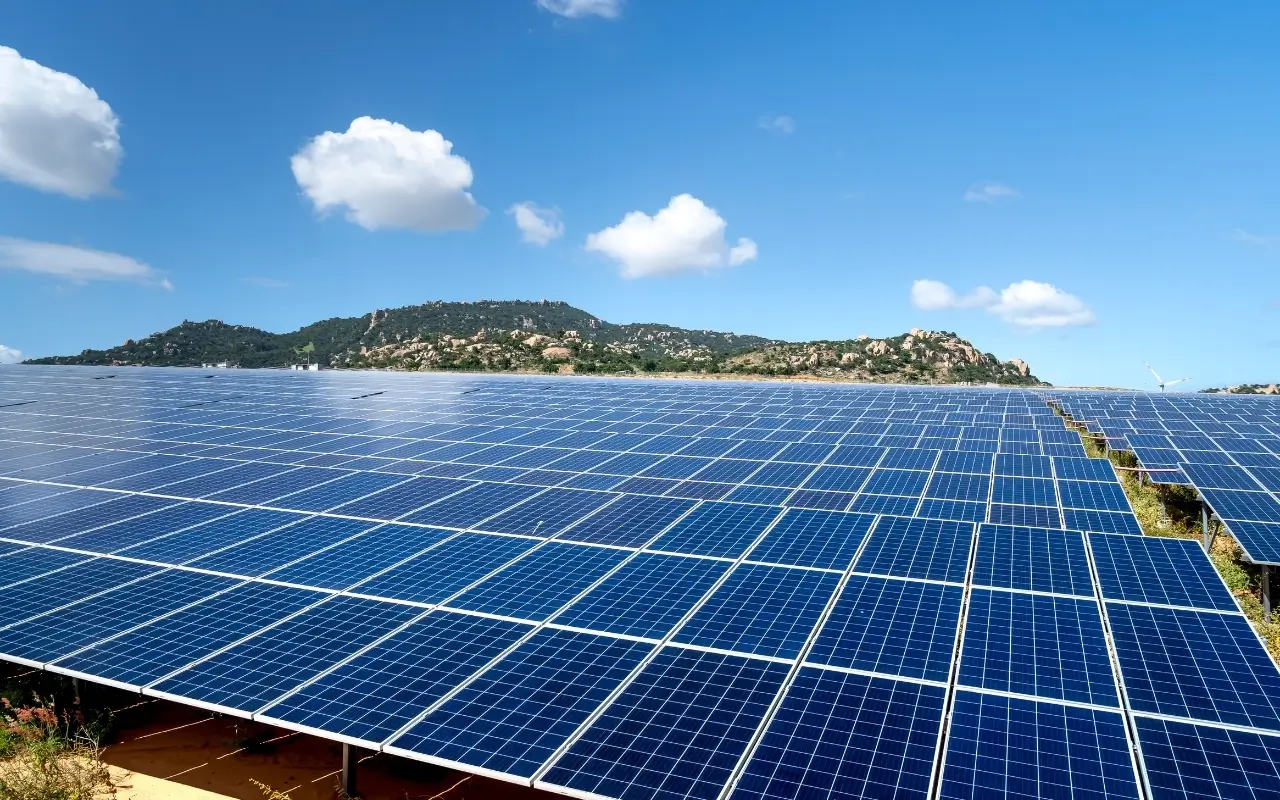
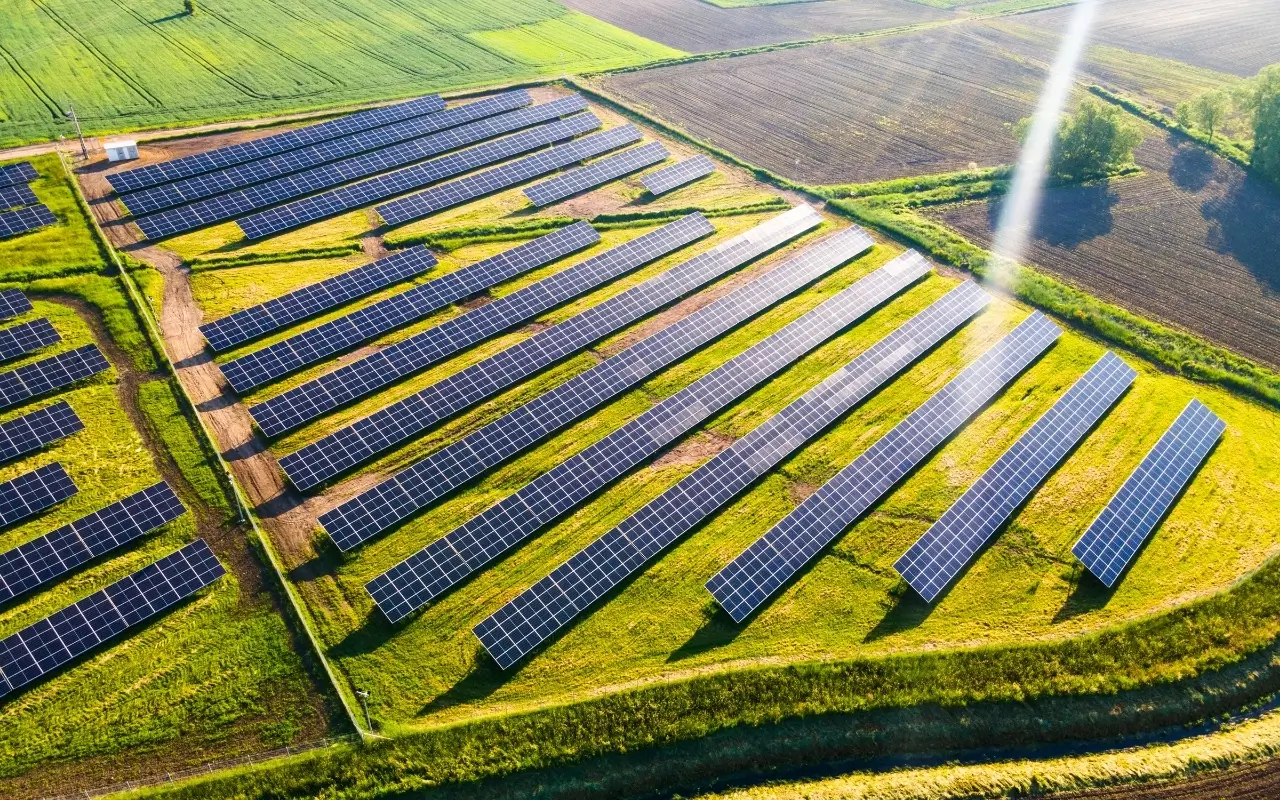
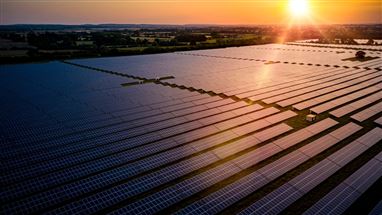
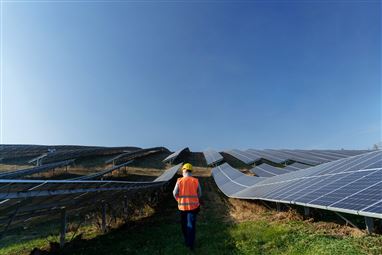
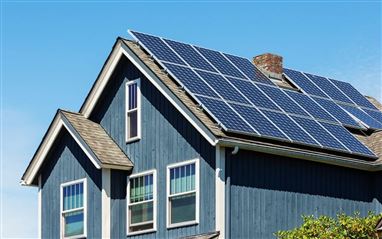
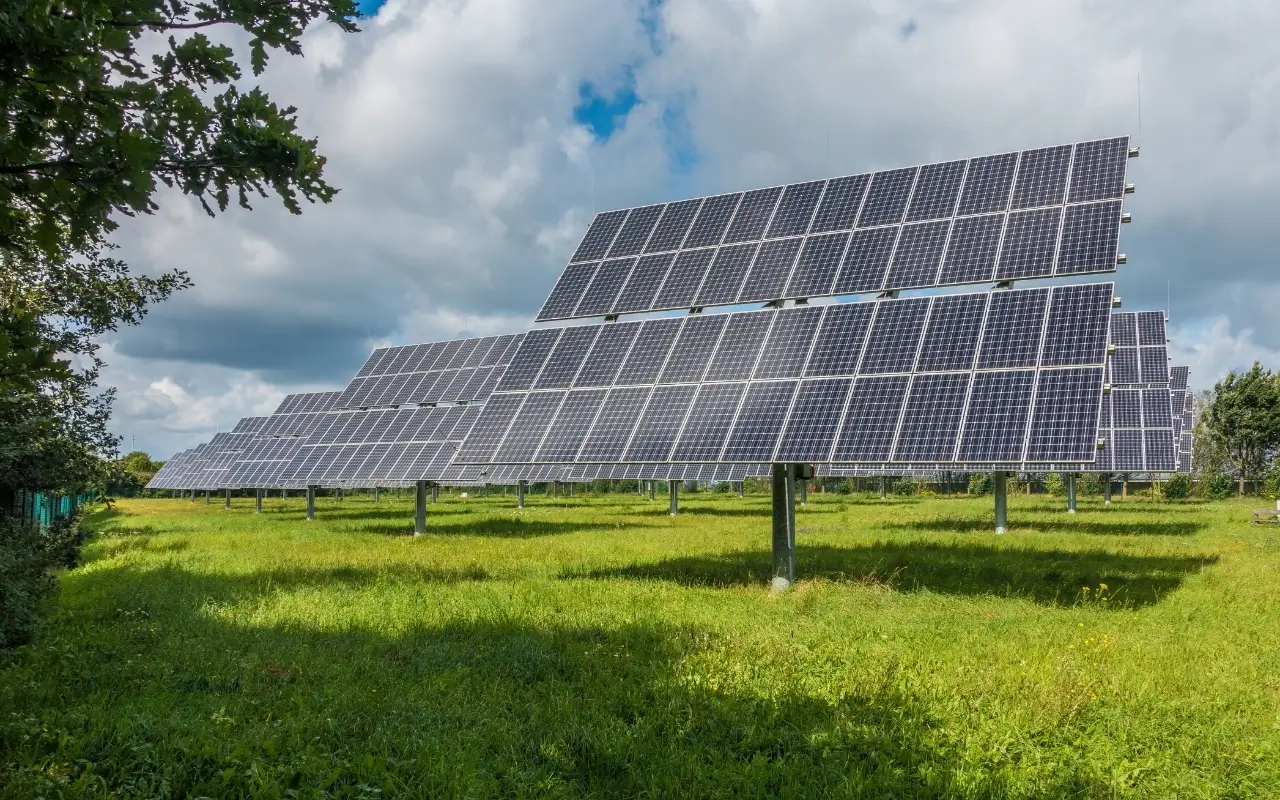
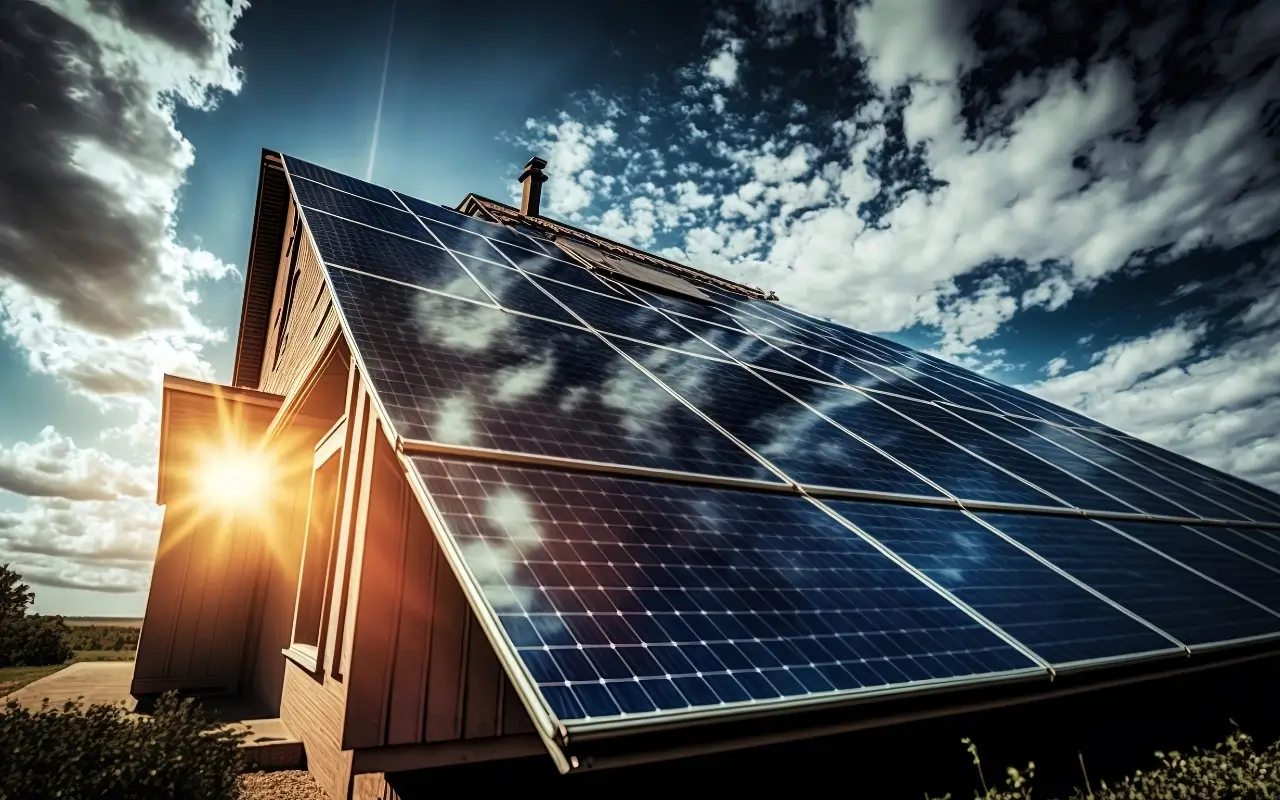
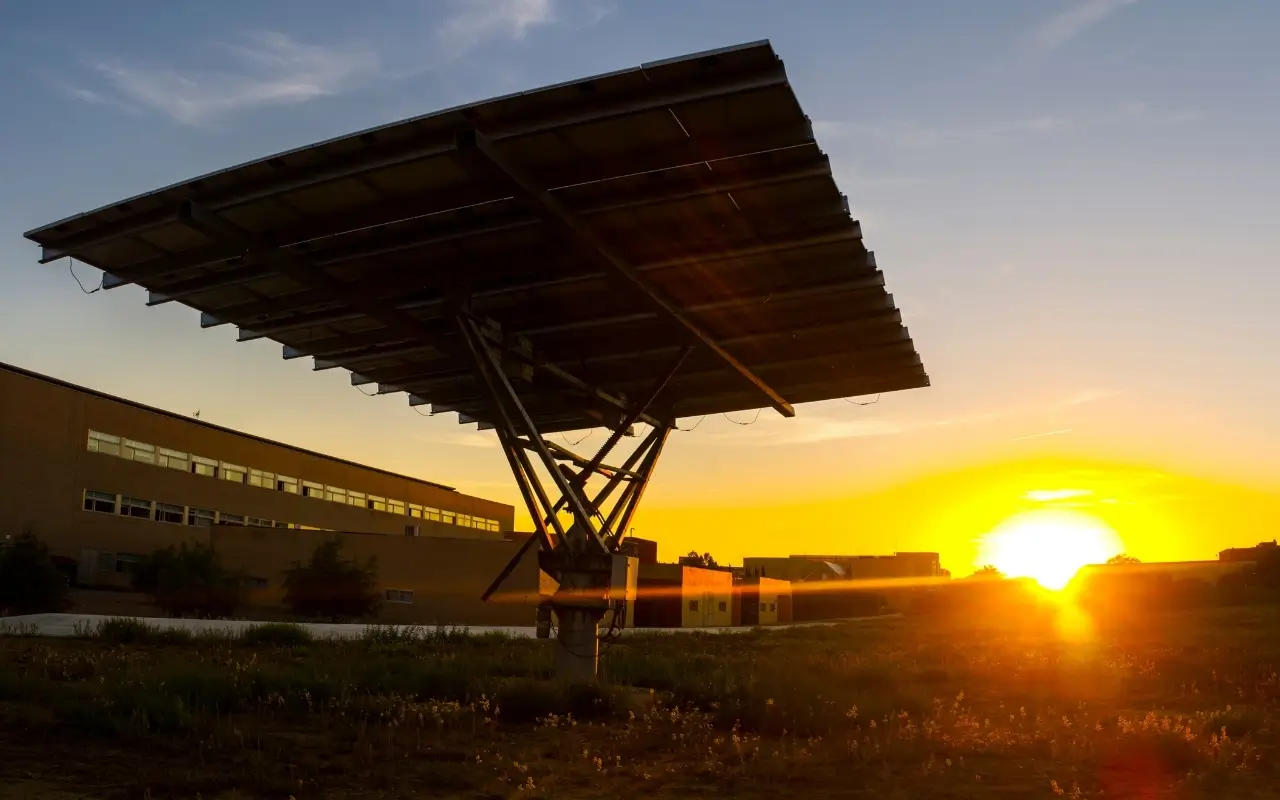
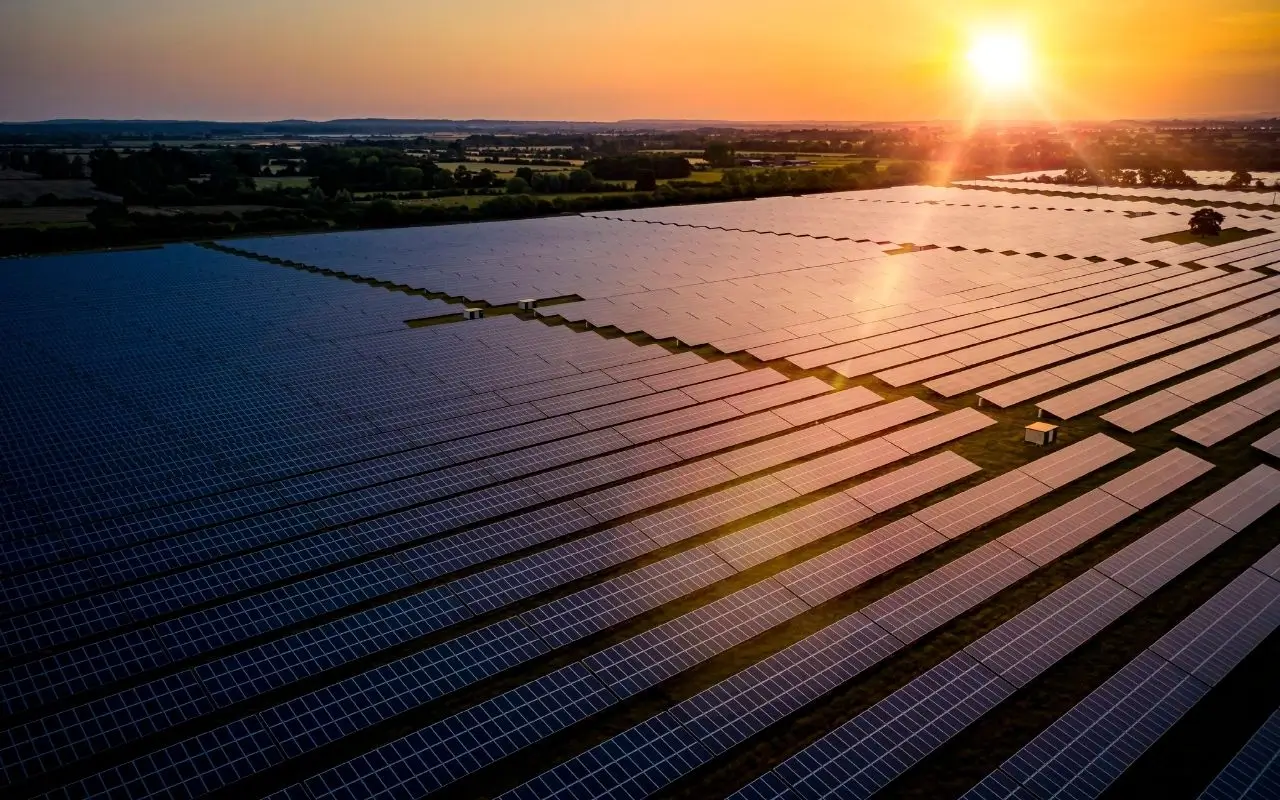
Do Comment